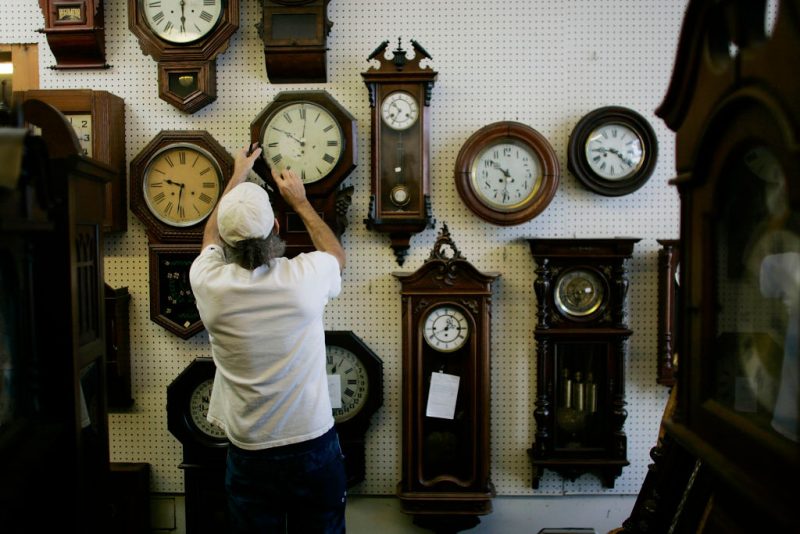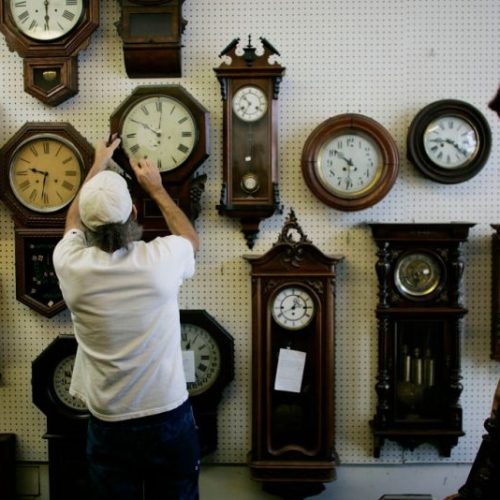What Would Change if Daylight Saving Time Became Permanent?
As we prepare to “spring forward” on March 9, 2025, the debate over making daylight saving time (DST) permanent has resurfaced. Let’s explore what this change could mean and where things currently stand.
Key Points:
Permanent DST would mean longer evenings year-round. Health experts are divided on the potential impacts. Many states have passed legislation supporting the change. Federal approval is required to make DST permanent.
Potential Changes
If daylight saving time became permanent, we would no longer switch our clocks twice a year. Instead, we would stay on “summer hours” year-round, resulting in:
Later sunrises and sunsets in winter months. More afternoon daylight for activities and commerce. Possible energy savings (though evidence is mixed).
Current Status
While many states have expressed interest in making DST permanent, federal law currently prohibits this change. The Sunshine Protection Act, which would make DST permanent nationwide, has been introduced in Congress but has not yet passed. President Trump recently commented on the issue, calling it a “50-50 issue” and saying it’s “hard to get excited” about changing DST. This suggests that executive action on the matter is unlikely in the near future.
Arguments For and Against
Proponents of permanent DST argue it could:
Reduce traffic accidents and crime rates. Boost economic activity. Simplify schedules and reduce disruptions.
Critics and health experts warn of potential negative effects:
Darker mornings could be dangerous for children going to school. Disruption of circadian rhythms and sleep patterns. Possible increase in seasonal depression.
State-Level Actions
As of 2025, 20 U.S. states have passed legislation or resolutions to make DST permanent, pending federal approval. However, two states – Arizona and Hawaii – have opted to remain on standard time year-round.
Historical Context
The United States has experimented with year-round DST before, most notably during World War II and the energy crisis of the 1970s. These experiences have provided valuable data for current debates.
Looking Ahead
While the debate continues, any change to DST would require action at the federal level. For now, most Americans will continue to adjust their clocks twice a year. As we consider the potential impacts of permanent DST, it’s important to weigh the convenience of longer evenings against the possible health and safety concerns. The decision ultimately involves balancing various societal needs and preferences. This issue remains a topic of ongoing discussion among policymakers, health experts, and the general public. As new research emerges and public opinion evolves, we may see further developments in the coming years.








